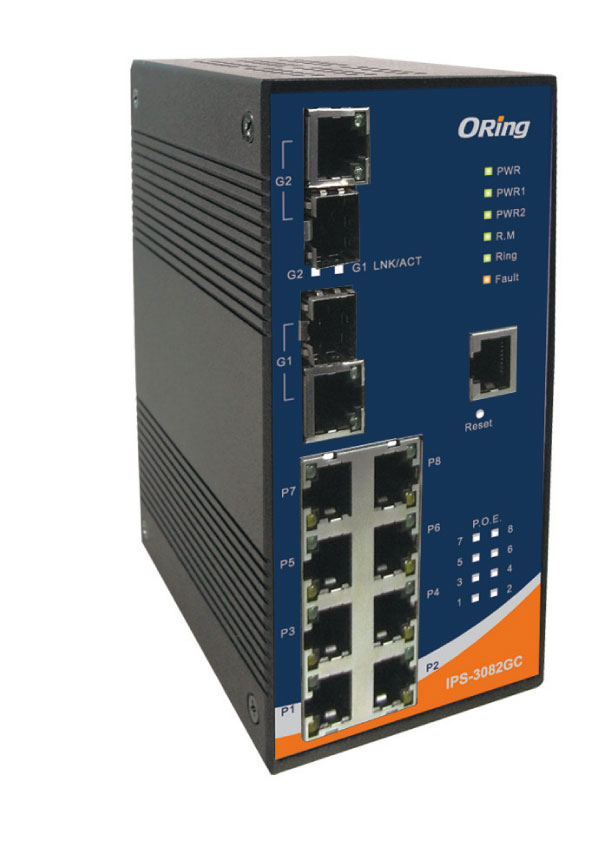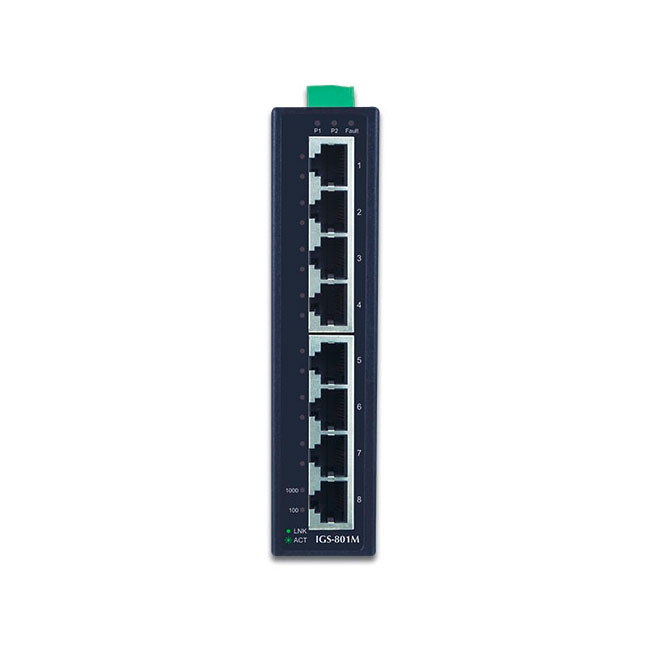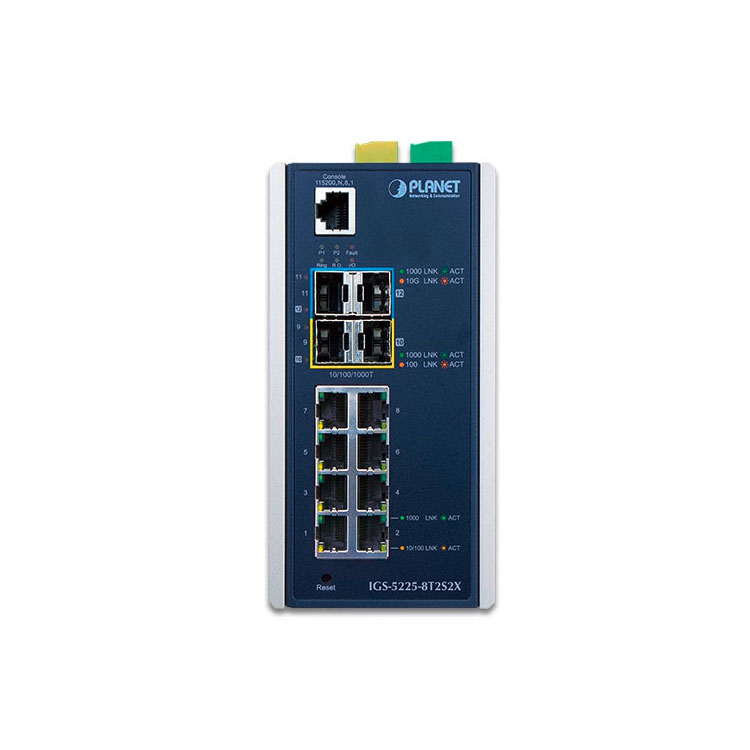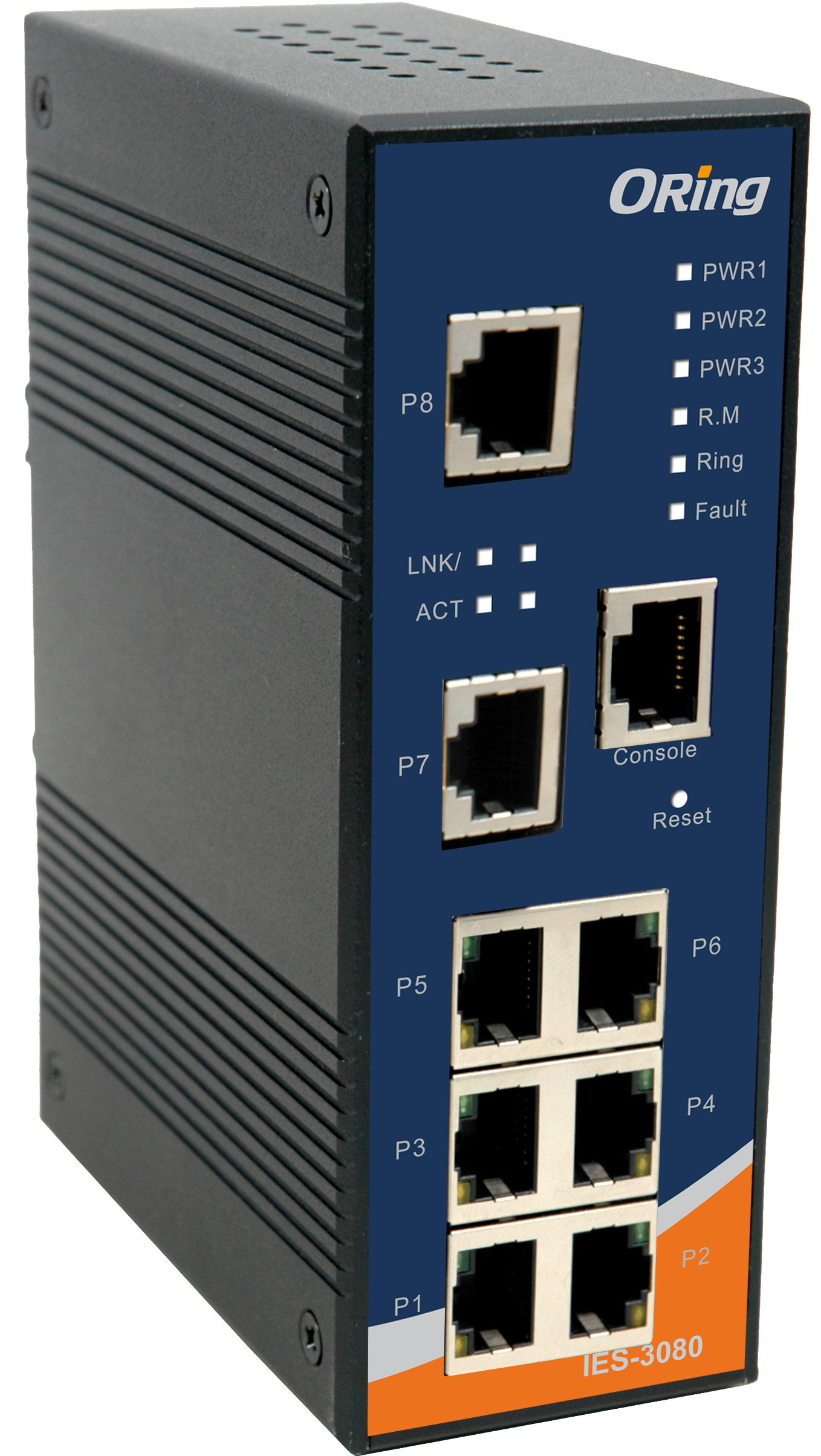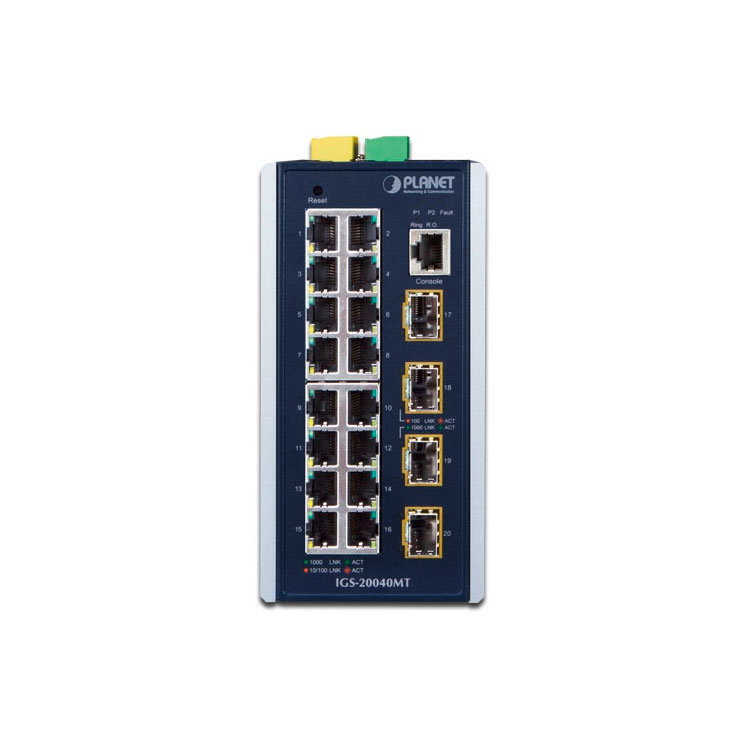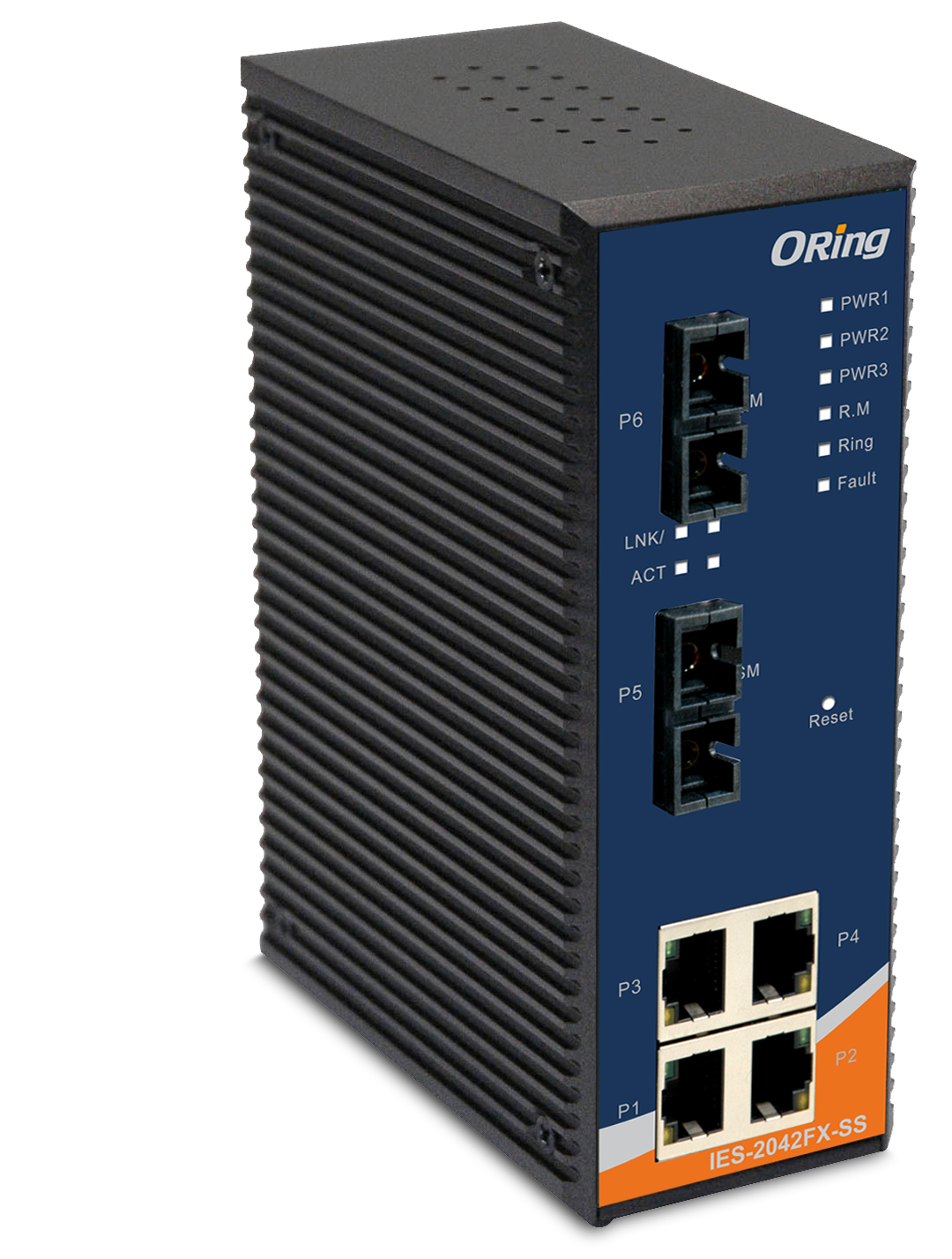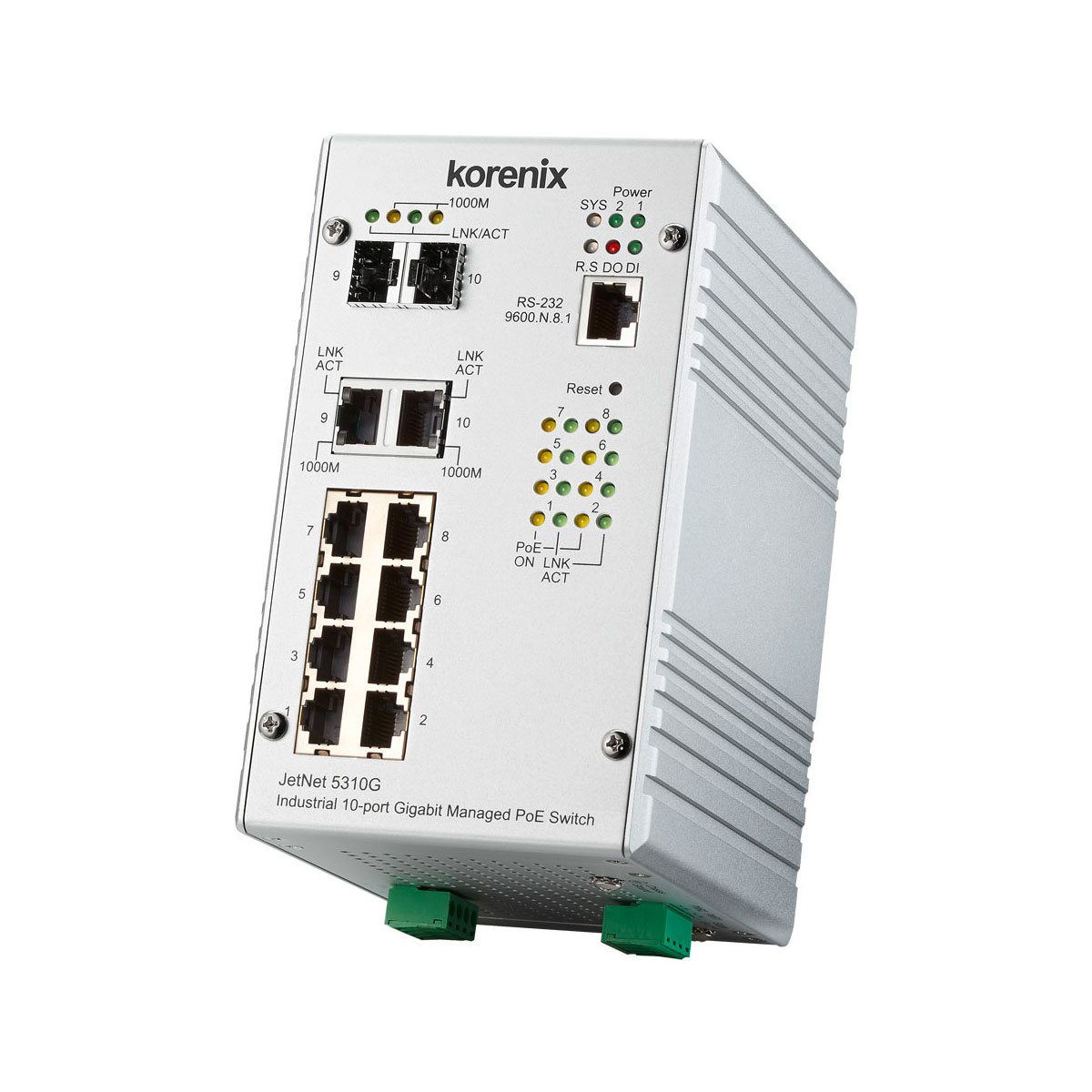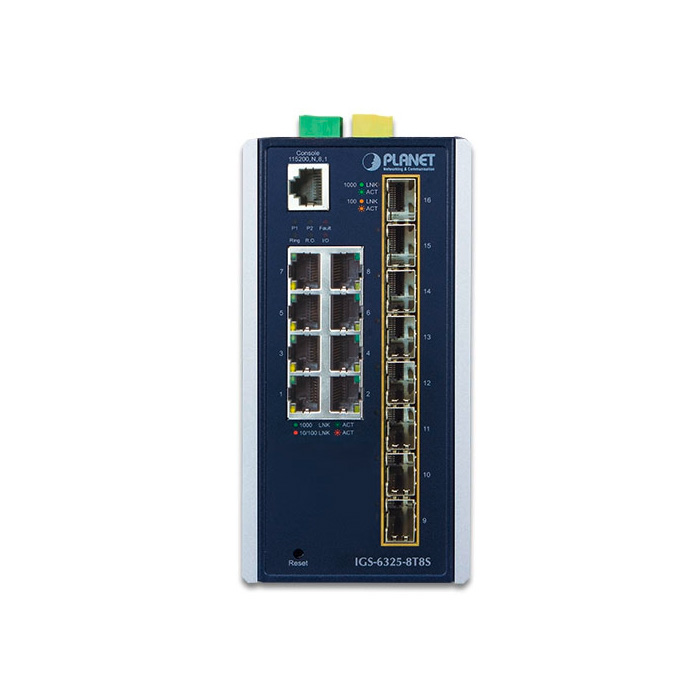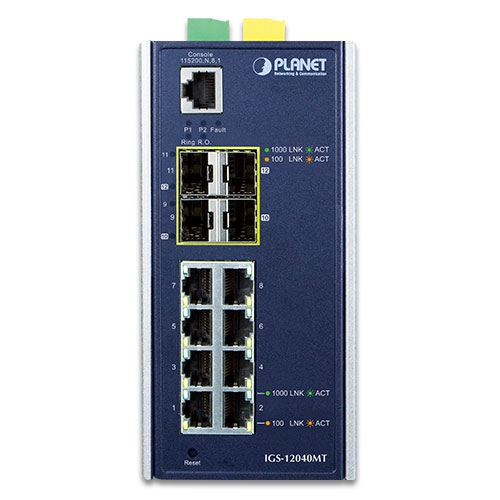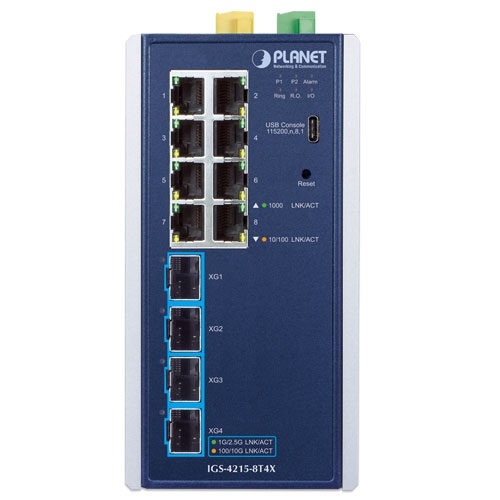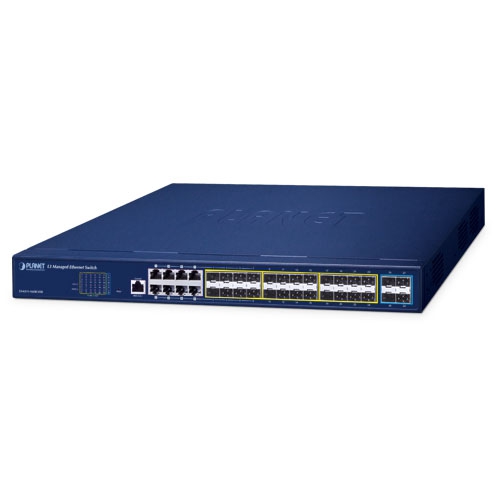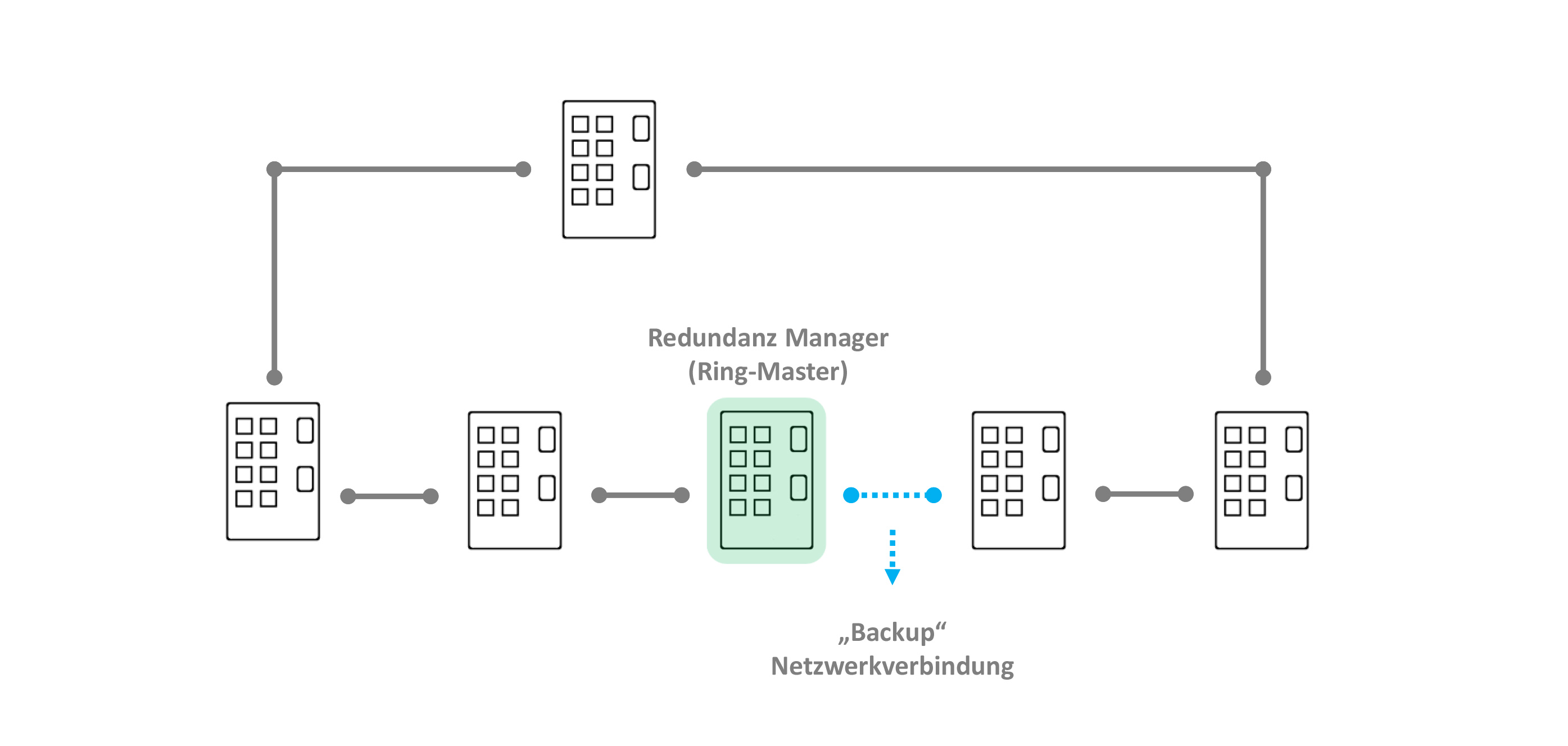
Network products for redundant networks
Reliability is an important issue for industrial networks. Even more so than in commercial office environments, industrial networks are often "mission-critical". A failure often quickly leads to major problems or even emergencies. However, the risk of a network connection failure can be significantly reduced through redundancy measures.
In automation, there is no getting around network redundancy using ring technology. While redundancy of all(!) components involved is theoretically necessary, in practice it is often limited to measures that can be implemented with manageable effort - and are affordable.
8x 10/100 Base-T(X), 2x Gbit Combo, dual 50~57VDC, IP30
8x 10/100/1000BASE-T
12V/24V/48V, IP30, DIN-rail
8x 10/100/100BASE-T, 2x 100/1000BASE-X, 2x 10GBASE-SR/LR
8x 10/100/1000TX
12V/24V/48V, IP30, DIN-rail
8x 10/100Base-T(X)
12V/24V/48V, IP30, DIN-rail
16x 10/100/1000T
4x 100/1000X SFP, 9V-48V
4x 10/100Base-T(X), 2x 100BASE-FX SFP, 12V/24V/48V
4x 10/100Base-T(X)
2x 100BASE-FX, 12V/24V/48V
8x 10/100/1000TX, 2x SFP Combo, 2x 100/1000 SFP
7x 10/100TX, 3x 10/100TX/SFP
48V, IP31, Hutschiene
8/16x 10/100/1000BASE-T
4x 10GBASE-SR/LR, 8/4x 100/1000BASE-X SFP
8x 10/100/1000T(X), 4x 10/100/1000T(X), 2x 100/1000X SFP
8x 10/100/1000T
4x 100/1000X SFP, 12V-72V
4x 100/1000/10000X SFP
16x 100/1000X
SFP 8x 1G TP/SFP, 4x 10GX SFP+

